A Handbook to
BIBLICAL HEBREW
A Handbook to
BIBLICAL HEBREW
An Introductory Grammar
Page H Kelley
Terry L. Burden
Timothy G. Crawford


Copyright 1994 by Wm. B. Eerdmans Publishing Co.
255 Jefferson Ave. S.E., Grand Rapids, Michigan 49503
All rights reserved
Printed in the United States of America
10 09 08 07 06 05 04 03 14 13 12 11 10 9 8 7
ISBN 0-8028-0828-X
CONTENTS
PREFACE
There are arguments both for and against the publication of a handbook such as this. On the negative side, making an answer key available to students might tempt some of them to use it as a substitute for having to find the answers on their own. This would diminish the teaching value of the exercises. On the other hand, even the most conscientious students will sometimes be in doubt about the correctness of their answers to the exercises. Ideally, their work should be monitored on a regular basis, but time restraints and other factors often make this impractical. Still, it is poor pedagogy to make assignments in the exercises and then fail to provide the opportunity for students to check their work and correct their errors. This is why a number of users of the Grammar have requested the preparation of a handbook such as this. It is hoped that providing this help will enable students to resolve their individual problems at home, thus freeing up valuable class time for matters of broader concern.
Requests for the handbook have come from yet another group of users. It is made up of students who for one reason or another are studying Hebrew on their own. The Grammar was designed primarily for use in a classroom setting, but these persons, whether by choice or necessity, are using it to teach themselves. The handbook should make their private study of the language far more effective.
The purpose of the handbook is to facilitate the use of the Grammar, but not to revise it or to make it into a more advanced textbook. Revisions and corrections are made directly to the text of the Grammar itself, each time it is reprinted. This ongoing process of revision has been made possible by the willingness of users to share their suggestions and by the availability of modern computer technology. The text of the Handbook has been coordinated with that of the third printing of the Grammar.
The lessons in the handbook follow the same order as those in the Grammar. Each handbook lesson may contain some or all of the following sections:
Answer Key
All exercises requiring written answers are supplied with an answer key. A few exercises at the beginning of the Grammar are omitted because they require oral instead of written answers.
Footnotes
The answer keys are footnoted where grammatical and syntactical problems exist. Footnotes are kept to a minimum to avoid tiresome explanations of the obvious. The student is sometimes referred to relevant sections of the Grammar for additional information. There may also be cross references to related sections of the Handbook.
Additional Helps
Various types of practical helps are included from time to time under this heading. Suggestions are offered for expediting the students progress in the language. Important historical data are occasionally highlighted.
Suggestions for Further Testing
Sample tests on the various lessons of the Grammar are provided here. They represent the accumulated experience of a number of persons who have taught the course. The tests may be copied and used as written, or adapted in any way the teacher may choose. These sample tests have not been supplied with answer keys.
Dr. Terry L. Burden and Dr. Timothy G. Crawford have assisted in the preparation of the Handbook. Both have had classroom experience in the teaching of the Grammar. They have given invaluable assistance in the format and content of this book. Dr. Burden has also been responsible for providing a camera-ready manuscript for the publication. These two deserve much of the credit for whatever usefulness the Handbook may have.
Page H. Kelley
Spring, 1994
LESSON I
Answer Key
(Cf. G, pp. 4f.)
[Note: References to the Grammar are abbreviated as G; those to the Handbook appear as H.]
I.3 Transliterate the following verse (Ezek. 38:12, one of twenty-six verses containing all the letters of the alphabet).

lll 11 vlvz bz lhyv ydkh l  rvvt(a) nvvt vl m
rvvt(a) nvvt vl m
msf mgvym  h mqnh vqnyn yvy(a) l
h mqnh vqnyn yvy(a) l  bvr hr
bvr hr
I.5 Locate and identify all the final forms of letters that occur in the verse above.

I.6 Transliterate the Hebrew names for all consonants as they appear in G, 1.8, pp. 2f.





I.7 Certain letters are similar in form and thus easily confused. Examine the following letters and learn to identify each by name.

I.8 Certain letters sound alike. Learn to identify these letters by name.

I.9 What do the letters in each of the following groups have in common?
(1)  (These six consonants are called the BeGaD KeFaT letters and may be written either with or without the dagesh lene, depending upon whether or not they are preceded by a vowel. Cf.
(These six consonants are called the BeGaD KeFaT letters and may be written either with or without the dagesh lene, depending upon whether or not they are preceded by a vowel. Cf.
Next page
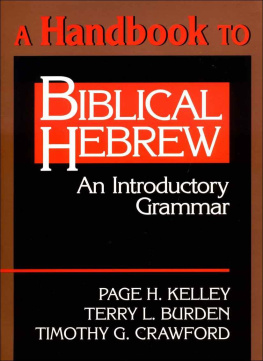

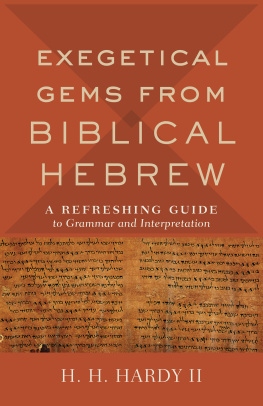
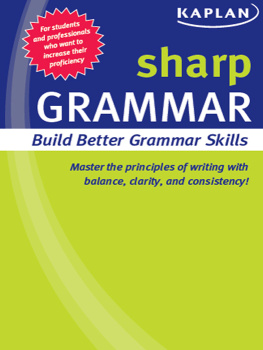

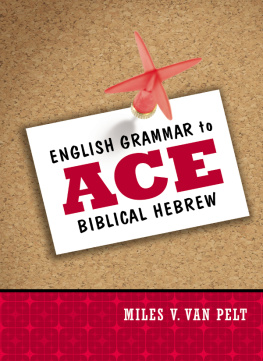


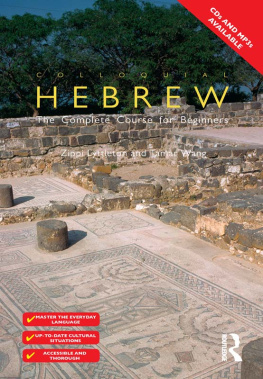
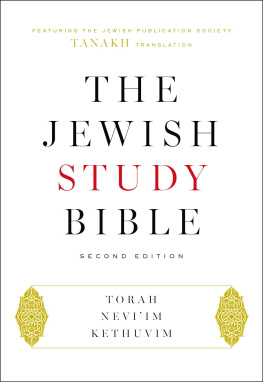



 rvvt(a) nvvt vl m
rvvt(a) nvvt vl m h mqnh vqnyn yvy(a) l
h mqnh vqnyn yvy(a) l  bvr hr
bvr hr








 (These six consonants are called the BeGaD KeFaT letters and may be written either with or without the dagesh lene, depending upon whether or not they are preceded by a vowel. Cf.
(These six consonants are called the BeGaD KeFaT letters and may be written either with or without the dagesh lene, depending upon whether or not they are preceded by a vowel. Cf.